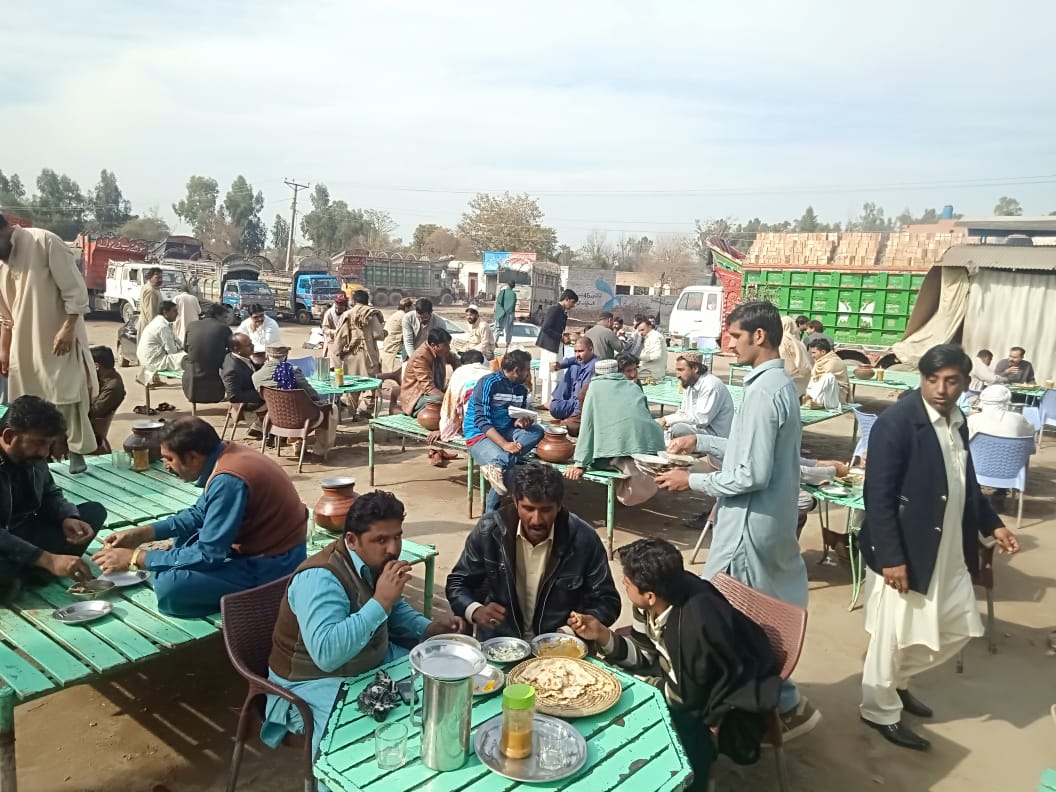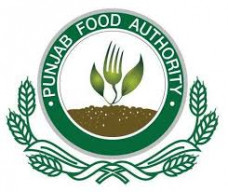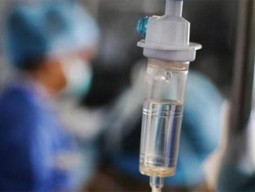
SARGODHA: Around five kilometres down the road from Sargodha to Khushab is a small town called Jhal Chakian. The town was essentially a small market stopover named for its most famous landmark – a windmill. Some would argue that the windmill is now only the second-most famous landmark because, for the last 60 years, a roadside restaurant has become the town’s most popular attraction.
In the past, the area was only frequented by people travelling between Lahore and Bannu, Mianwali, Bhakkar, and Khushab, and traffic was sparse at best.
Then in 1960, Shah Zaman opened the doors of a little restaurant that evolved into Jhal Chakian ki Mashoor Daal (The Famous Daal of Jhal Chakian). At the time, the restaurant also had the advantage of having a petrol pump located right next to it, making it an accessible stop for truckers and other travellers. During the summer months, people would often also go to the Jhelum River nearby for a dunk in the water before their lunch.
When the restaurant first opened for business, a number of chicken, mutton and beef options were also on the menu.
Many years later, Shah Zaman's son Muhammad Younis took over the restaurant. He was assisted by his cousin Muhammad Abdullah Shah, who later became a partner in the business. Abdullah told The Express Tribune that his elders had narrated that because the restaurant was essentially catering to truckers, demand for fried meat was high, but daal was a popular vegetarian option. “As time passed, the popularity of the hotel increased owing to its location,” he said. He also informed that their elders made many types of daal using various combinations of ingredients, the most famous of which was a combination of channa daal (chickpea) and mung daal (mung bean).
“At that time, desi ghee (clarified butter) was cheap and easily available, so they used it to make the dishes even tastier,” he added. “The daal eventually became so famous that people started coming only for it and not for the meat items.”
He said that now, even meat lovers make it a point to also order daal.
As the number of diners increased, due to the daal’s popularity, it became difficult to keep a record of how many roti each person had eaten. Eventually, an all you can eat option was added, with the price initially set at Rs10. Over the years, inflation has pushed it up to Rs120 rupees per head. Abdullah said the average customer eats three to four roti. “However, there are some people who may eat a dozen roti, but according to the policy, they are not charged extra. Abdullah said that the restaurant has also counted famous people, including government ministers, among its clientele, but most of his customers are still truck drivers. He added that truck drivers “also have the heartiest appetites.”
Abdullah said that a takeaway parcel costs Rs90 for the daal, with roti being extra. On the secret to the delicious dish, he said that hours of effort are put into preparation, which is why many customers incorrectly assume the lentils are mashed before being cooked. “The desi ghee that is added in also enhances its taste,” he added.
On a daytime visit to the restaurant, finding a single empty table was a mission on its own. Dozens of trucks were parked nearby.
Ataullah, Farman, and Abdul Rehman were transporting oranges from Sargodha to Quetta. They narrated the story of the first time they ate at the restaurant. They were driving past it when they noticed how busy it was and decided to stop. They enjoyed the daal and made it a regular stop, adding that such a delicious dish of daal cannot be found anywhere along their route, “even in Balochistan”. They said the fresh salad and roti make the daal even more enjoyable, adding that because they can eat to their heart’s desire, more and more truckers stop here to enjoy the daal.
Zaheer Abbas, one of the restaurant’s cooks, was preparing some of the ‘famous daal’ when The Express Tribune approached him. He said the dish was originally prepared only using desi ghee, but this is now unviable because the price of pure desi ghee hovers between Rs1,000 and Rs1,500 per kilo, due to which it is only used in small quantities. He explained that preparing daal requires a great deal of patience as both mung bean and chickpeas require four to six hours of cooking to get the right smooth texture, and someone has to keep stirring the pot to maintain the texture.
Different spices are used in the dish. Once the daal is prepared, it is served on plates with a little desi ghee added onto the plate, along with garam masala, which adds its own kick.
The sale of Daal continues all day long and the large pots are refilled as much as four times a day. Abdullah, the owner of the restaurant, said it now remains open 24/7 and is busy at all hours.
He also said that there is a langar (free kitchen) arrangement for the poor. “Anyone who cannot pay can eat for free.” He explained that poor people are provided with a packed helping of daal and two roti.
Over the years, the once modest enterprise has expanded far beyond the confines of Jhal Chakian. While the main branch of the restaurant is still located in its namesake town, over a dozen branches have been opened in different cities around Punjab, such as Rawalpindi, Chakwal, and Khushab, and provide a hearty serving of the famous daal of Jhal Chakian to foodies far and wide.




















1701091268-0/Elon-Musk-(3)1701091268-0-270x192.webp)
















COMMENTS
Comments are moderated and generally will be posted if they are on-topic and not abusive.
For more information, please see our Comments FAQ